 Customers. They’re the reason every company stays afloat.
Customers. They’re the reason every company stays afloat.
No matter what industry you’re in, whether you’re a one-person operation or running a multinational corporation, there is one process that matters above any other: acquire customers to generate revenue and stay in business. It doesn’t matter if your product is necessary, your service is extraordinary, or your approach is revolutionary—if there aren’t customers, your business won’t be around for long.
Whatever problem you might be facing in your business, it almost always boils back down to one thing: attracting customers. From there, you must show them why they should purchase your product or service over a competitor’s. And doing so isn’t cheap: it costs money to get customers to notice you, to stay invested in your company, and to educate them on your product or service.
For these reasons, you must pay attention to your customer acquisition cost, or CAC. Whether you’re worried about your profit margin, lead generation, your business strategy, or your conversion rate, that all comes back to the same core cost in your business.
The Most Important Question
Think about it. How do you acquire new customers? How much do you spend on each one? And how much does each customer spend at your business? All of these are important questions—but there’s one that trumps them all.
If you’ve ever seen the long-running ABC show Shark Tank, you’ll know that “what is your customer acquisition cost?” is one of the most frequent, crucial questions the five “sharks”—mega-successful business leaders looking to invest their own money in growing companies—ask the entrepreneurs who present to them. It’s a benchmark for the entrepreneurs—a test to see how well they know their business, inside and out. Some of them impress the sharks with their answers, showing they’ve considered their CAC and adjusted their costs accordingly; while others have absolutely no idea what the sharks are asking.
You might be sitting there thinking you have no idea about your customer acquisition cost. And that’s okay. As a business owner, you have a lot on your plate. For starters, you know you want to increase your profits, and that’s always seemed like a matter of selling more products or signing up more clients. You’ve heard terms like lead generation and customer retention, but at the end of the day, you’ve been focused on your bottom line.
And all of that makes perfect sense. CAC isn’t something that is often discussed, and evaluating your cost isn’t an easy task; there are a multitude of factors that come into play, from expenses such as marketing dollars to far less obvious channels. On top of that, your customer acquisition cost will shift over time, so it’s not something you can calculate once and never revisit.
It’s time to take a step back and evaluate the bigger picture.
Diving in Deep: Customer Acquisition + Retention
Over the next few weeks, Miss Details will take a deep dive into customer acquisition cost with a series of in-depth blog posts. We’ll explore various topics related to CAC such as brand strategy and customer retention, give you tips about how to analyze and affect your costs, and ultimately make your business smarter and more profitable in the long run.
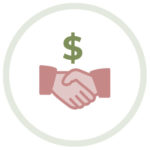
1. What is Customer Acquisition Cost?
We’ll explore the concept of CAC, exploring the different factors that affect the cost and gauging the size of your customer base. We’ll also discuss the different methods to acquire customers, including some areas you might never have considered applying to your CAC.
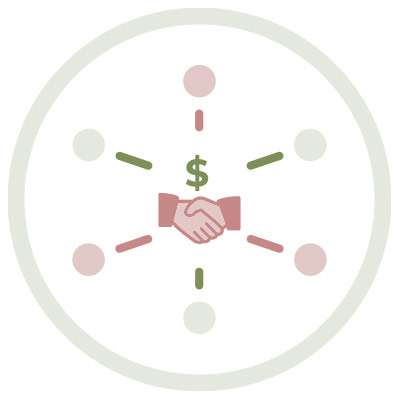
2. How Different Industries Approach Customer Acquisition Costs
Though the concept of CAC applies to all types of businesses, your specific industry will help inform your methods and approach. We’ll compare how different types of industries determine and manage their CAC, as well as discuss how the size of your business can also affect your cost.
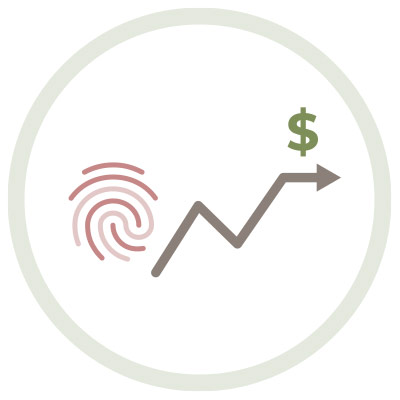
3. How Branding Affects Your Customer Acquisition Cost
Most businesses don’t think about the impact their overall branding can have on CAC. This week, we’ll show you how understanding your branding and committing to an authentic, inspiring brand idea can help lower your cost and expand your visibility over time. You’ll think about your branding in an entirely new light.
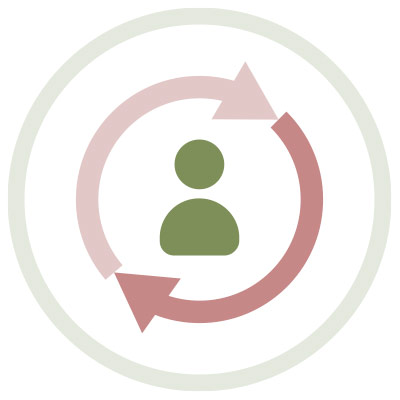
4. Lowering Your Costs: Understanding Customer Retention
Acquiring new customers is the first essential part of growing your business. You must also convince your customers to repurchase your products or experience your services again. We’ll show you how to keep your customers happy and loyal. We’ll also help you plan for a growing client base in the future.
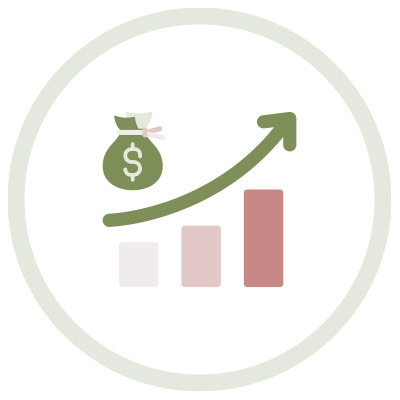
5. Series Wrap Up: Key Takeaways + Using CAC to Boost Your Business
We’ll wrap up our series by showing you how to apply all the lessons to your business. You will have the tools you need to move forward with confidence.
By the end of this series, you’ll have a working knowledge of customer acquisition cost and customer retention best practices, understand their importance within the business world, and learn how to apply them to your company’s bottom line—not to mention take some stress off your sales team! Along the way, we’ll challenge you with questions that will make you ponder your own company and the way it generates revenue, gaining new and deeper insight into your processes.
More From This Deep Dive Series on Customer Acquisition Cost
Don’t want to miss out on our articles and insights?
Sign up for the Miss Details newsletter today.
About Miss Details
Founded by Tanya Gagnon in 2004, Miss Details is a full-service branding and design firm which helps entrepreneurs and companies launch, adjust and reinvent key aspects of their branding and business marketing strategy. With a background in all aspects of interior and experiential design and a passion for data-backed design, Tanya leads the Miss Details team to guide her clients through everything from a refreshed website to a full rebranding, helping them put the pieces together to create a consistent, authentic, unique brand image.



